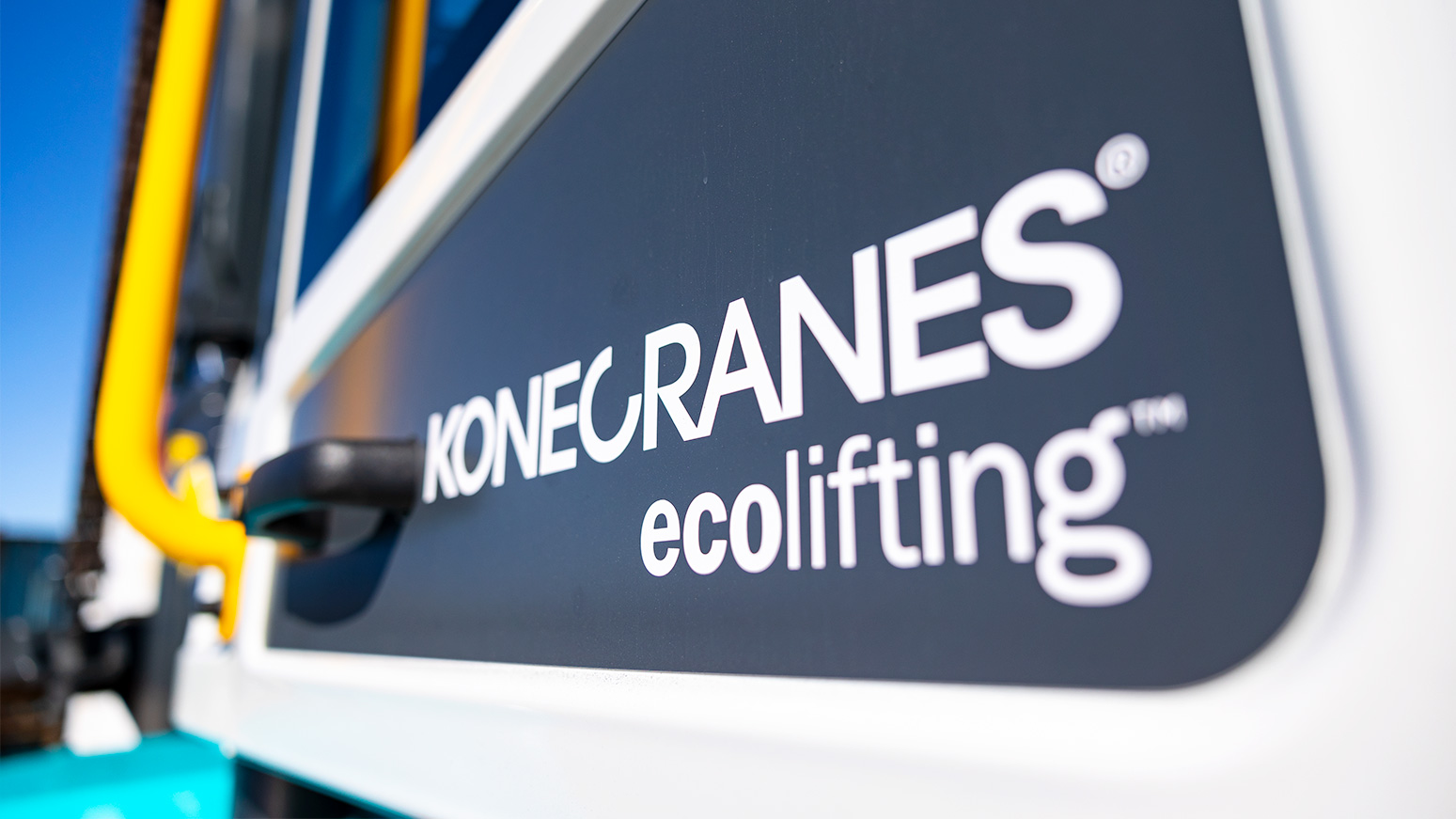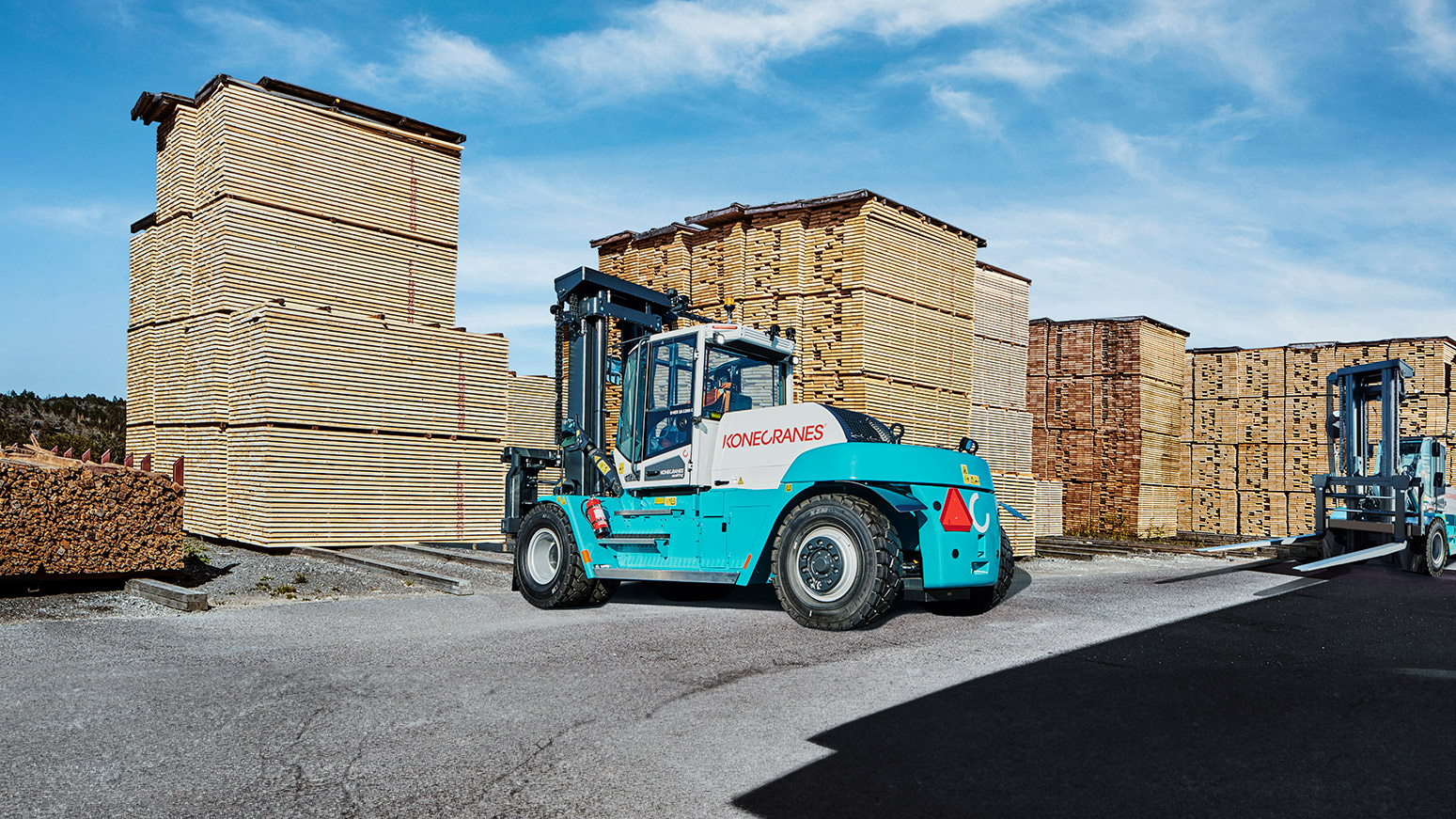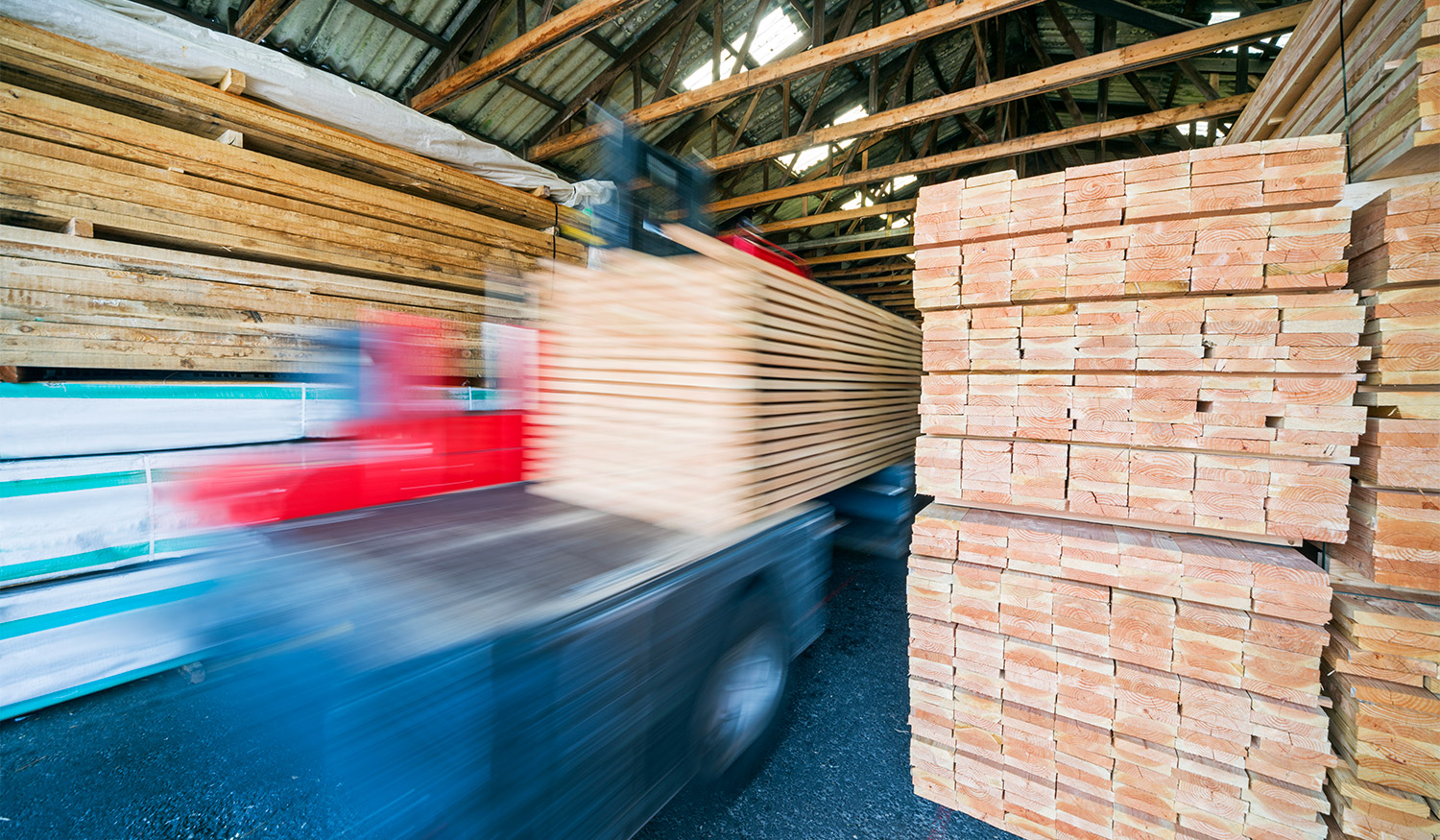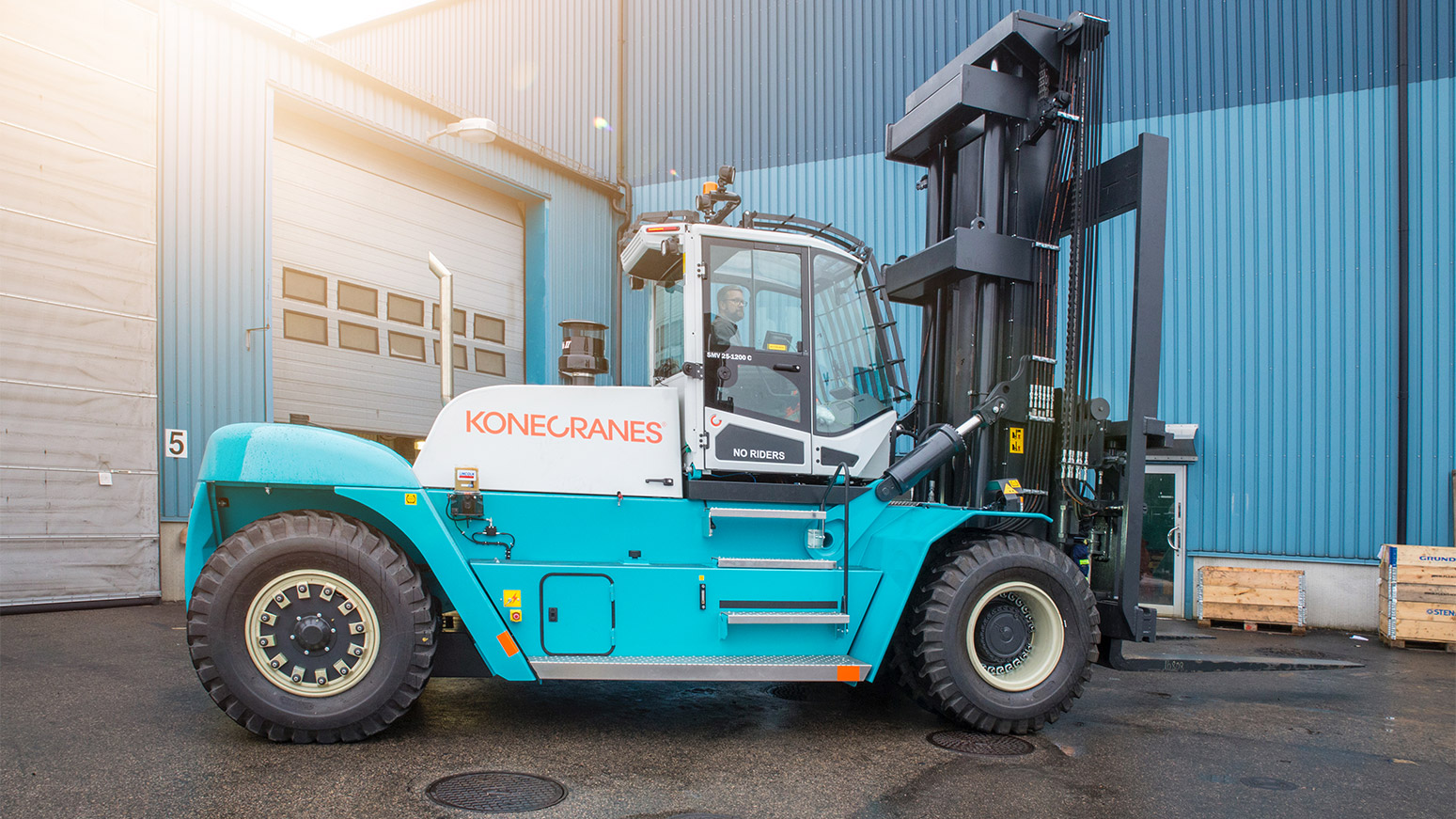Uplifting blog

The evolving power of electrification
With growing pressure to lower CO2 emissions and the general trend to reducing environmental footprint, companies are exploring the benefits of bringing electrification to more of their operations, including industrial lift truck fleets. Especially as this can easily surpass the productivity and cost-effectiveness of traditional diesel engine-powered machines—why expose your workers, and the world for that matter, to harmful emissions if you don’t have to?
Today’s batteries enable a move to electrification for more vehicle types. For instance, the technology and capacity of modern lithium-ion based batteries (Li-ion batteries) make it feasible to adopt electrical passenger cars technology to industrial truck applications. They have the power, cut charging times to a fraction of past technologies, and take the noise and emission issues out of industrial-class lifting.

Li-ion leading the way
“Li-ion electrification of industrial-capacity lift trucks is ideal for closed environments such as ports or manufacturing yards,” says Jörn Albers, a battery specialist coming from 17 years of experience at an automotive battery developer based in Germany. Jörn is a recent addition to the Konecranes Lift Trucks R&D team. “You can recharge onsite in less than an hour, and keep your machines in constant operation. And no local emissions, as you have with the diesel alternative.”
Li-ion may not always be the best alternative for every lift truck application. Lead acid batteries have a long history of being used successfully with smaller forklifts, where they also act as a needed counterweight. But Li-ion is proving to be a great alternative for heavier trucks that do not benefit from the extra weight, due to their long life, quick charging, flat discharge curve (full power is available until the battery is empty), and up to 3x lower weight than lead acid batteries.
The electrific future belongs to industry
The Li-ion batteries used in the Konecranes E-VER are custom-designed for high performance and a long lifecycle in demanding application environments. They make emission-free 10-18 ton lifting possible—surpassing diesel performance, while being cleaner.
Li-ion chemistry is in continuous development to even better live up to its full potential. “I’d like to see the technology develop in a way that uses less rare earth elements and heavy metals,” says Jörn. “And while the industry is getting closer to having a real recycling solution in place, we’re not there yet.” As a matter of fact, one major criteria in Konecranes Lift Trucks’ selection of battery supplier was their leading position in battery recycling.
Electrification is a key for further automation advances in industry—and it will be much easier if your fleet is already electric. Many of the productivity and sustainability improvements to come will be based on electrification. And if we’re to ever achieve self-driving lift-trucks, they will likely be electric battery powered.
“There are lots of good reasons to start electrifying fleets today, including the general advantages of just moving away from fossil fuel,” says Jörn. “And with Li-ion technology advances, it makes even more sense.”
Related Articles

Raise the safety bar with electric forklifts
Workplace safety is always a top priority. As an employer, your organization is responsible for...
2 Minute Read

How electric forklifts improve productivity
Revolution or evolution? Is electrification really a transformation or is it just “marketing hype”...

Overhead safety attachments for lift trucks in demanding environments
Lift trucks operate in all kinds of demanding environments, such as those found in the steel and...

